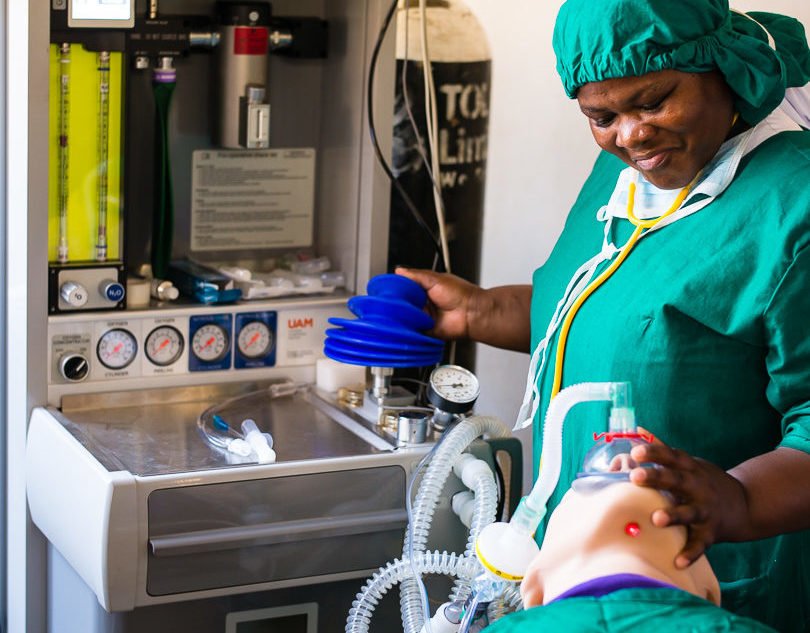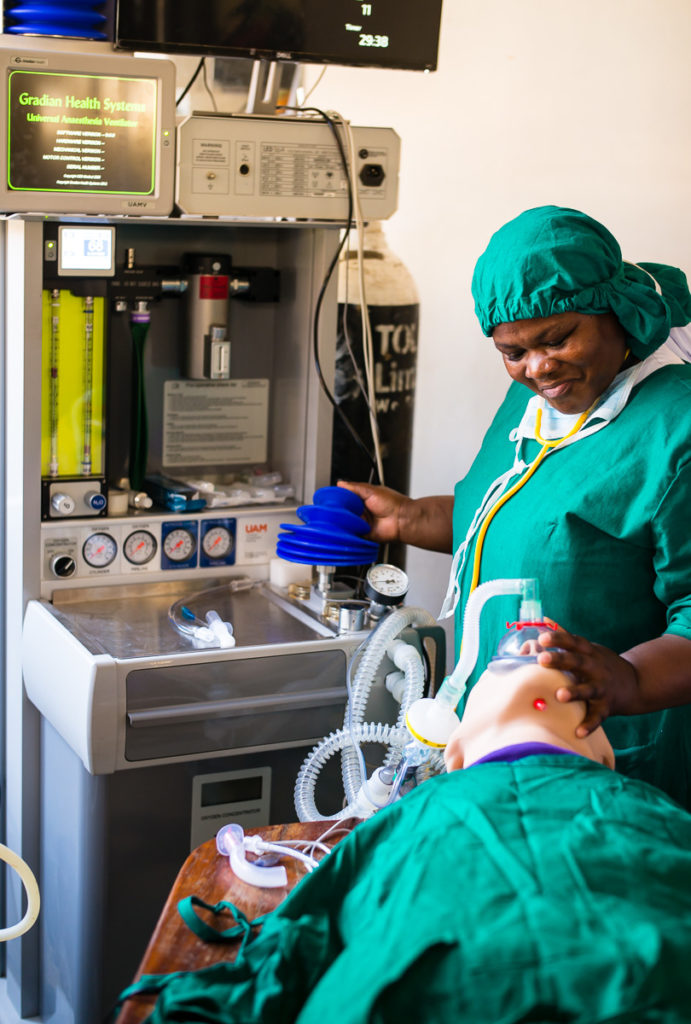
Scaling Our Work in Tanzania with the Islamic Development Bank’s Transform Fund



When the Tanzanian government selected Gradian’s UAM as its anesthesia machine of choice for hundreds of health facility upgrades, we knew we’d have to scale our clinical training and capacity-building in tandem. While all of our training has gotten a revamp in the past year with our adoption of a simulation training model, the remoteness and relative inexperience of providers at rural health centers in Tanzania meant we would have to find new ways to refresh their clinical skills and adequately prepare them to begin delivering anesthesia with the UAM.
So we developed a program to harness the introduction of our technology to build clinical capacity in key areas related to anesthesia, such as intubation, airway management, and rapid sequence induction. Our hope was to design a model that would enable simulated practice in a safe learning environment, exposure to busy theaters and complicated cases under physician supervision, and remote mentorship through telemedicine.
This month, after piloting a version of this program in Rukwa Region, Gradian was awarded a grant from the Islamic Development Bank’s Transform Fund to scale it up to four Muslim-majority regions of mainland Tanzania. Among more than 1,500 applicants, we were one of a few dozen awardees, and we’re excited to be leveraging other investments from the Tanzanian Government and the Nick Simons Foundation to make this program possible.

We’ll begin implementing the program in early 2019 with a series of train-the-trainer courses, equipment installations and mobile simulation trainings. And, if all goes according to plan, in a year from now, more than 10 health facilities in rural Tanzania will be benefiting not just from the UAM, but from a comprehensive training and mentorship package for non-physician health providers that should bolster anesthesia capacity in each region.